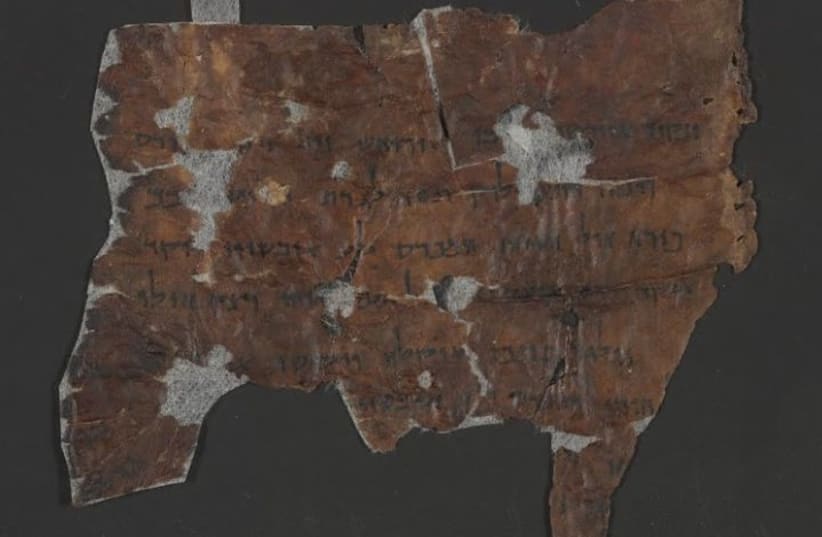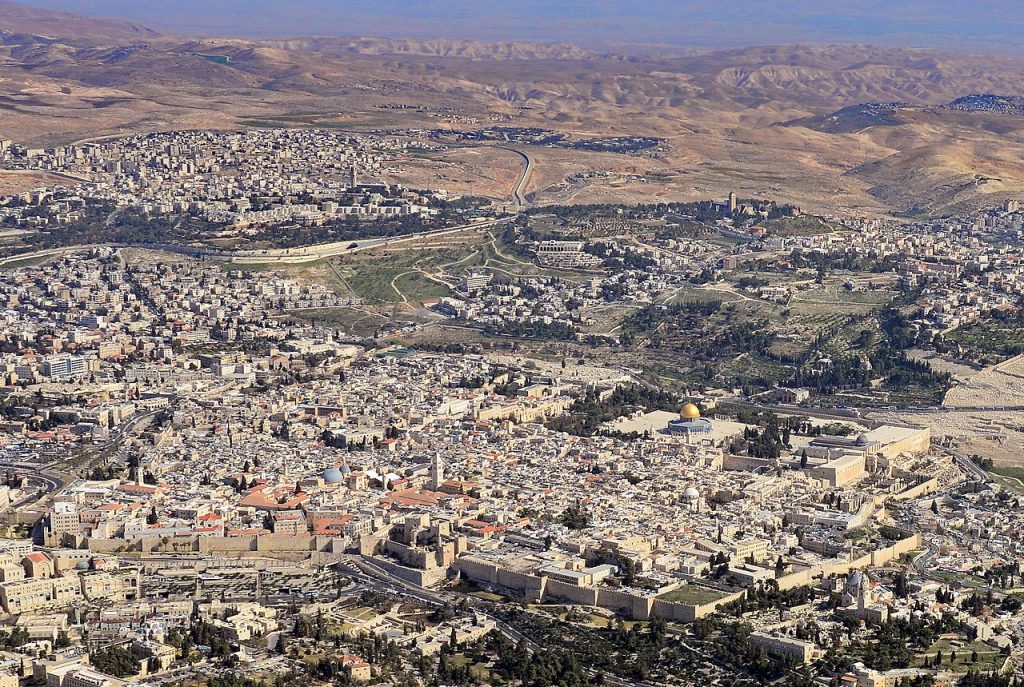
The ‘Horoscope’ parchment discovered in the Judean Desert reveals the belief ciphers of a secret order
A parchment unearthed in the Judean Desert, east of Jerusalem, bears traces of an ancient order’s esoteric practices of astrology and mysticism. The artifact, which belonged to a secret society that existed thousands of years ago, is called the “Horoscope” parchment.
The “Horoscope” parchment, distinguished by its use of reverse Hebrew script and a combination of Greek, Aramaic, Old Hebrew, and cipher symbols, is believed to be readable only by initiates. Dr. Oren Ableman, a researcher at the Dead Sea Scrolls Unit of the Israel Antiquities Authority, said of the parchment’s content, “The writing style shows that the text was designed only for those who knew. Therefore, the writings were secret, understood only by the leadership of the order.”

The parchment belonging to this secret society, who called themselves “children of light”, is not only written in a mysterious script, but also reveals the meticulous initiation process that the cult applied to its new members.

Dr. Ableman comments on this practice: “The parchment seems to be a kind of manual for creating ‘horoscopes’ using a person’s birth date. This horoscope was used to determine the personality traits and physical characteristics of the individual. New members had to prove that they were worthy of joining the ranks of the cult. This shows that faith in the doctrines of the sect was not enough on its own. Those who did not meet certain criteria, such as being born on the ‘wrong’ date or having an incompatible head shape, were not accepted into the cult.”
The “Horoscope” parchment not only offers a glimpse into the mysterious beliefs of the past, but also demonstrates the complexity of human belief systems and the lengths to which communities will go to understand their place in the cosmos.
Cover Photo: COURTESY OF SHAI HALEVY/ISRAEL ANTIQUITIES AUTHORITY)
You may also like
- A 1700-year-old statue of Pan unearthed during the excavations at Polyeuktos in İstanbul
- The granary was found in the ancient city of Sebaste, founded by the first Roman emperor Augustus
- Donalar Kale Kapı Rock Tomb or Donalar Rock Tomb
- Theater emerges as works continue in ancient city of Perinthos
- Urartian King Argishti’s bronze shield revealed the name of an unknown country
- The religious center of Lycia, the ancient city of Letoon
- Who were the Luwians?
- A new study brings a fresh perspective on the Anatolian origin of the Indo-European languages
- Perhaps the oldest thermal treatment center in the world, which has been in continuous use for 2000 years -Basilica Therma Roman Bath or King’s Daughter-
- The largest synagogue of the ancient world, located in the ancient city of Sardis, is being restored











Leave a Reply